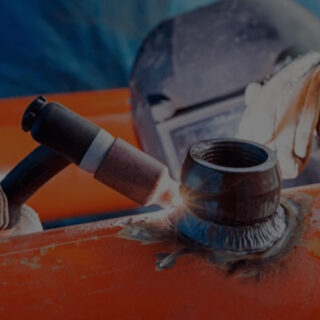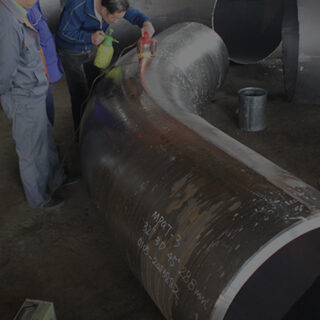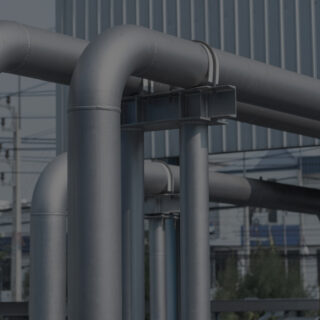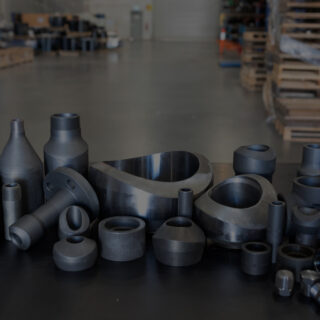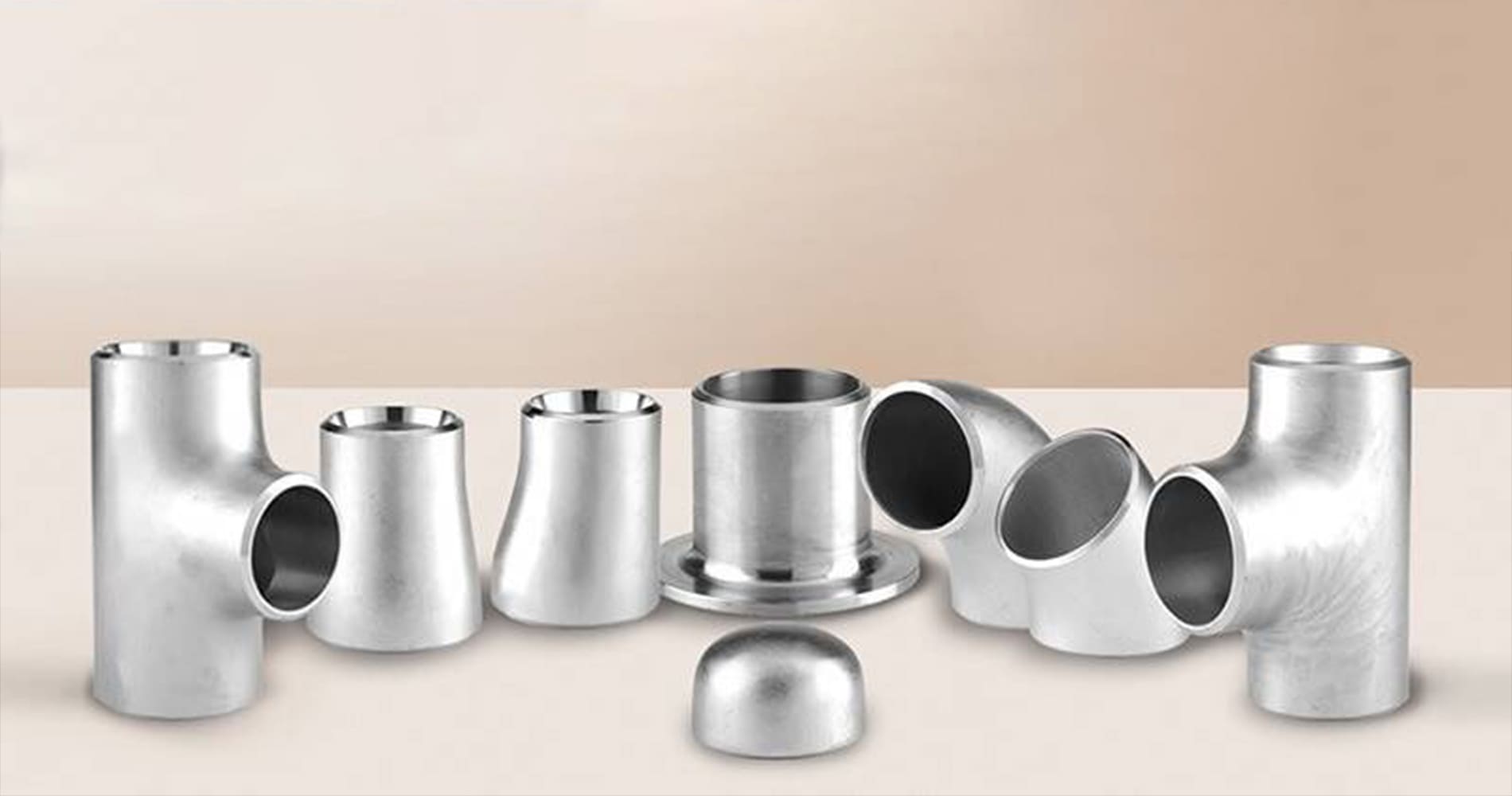
Choosing the appropriate fittings is essential in every aspect of plumbing systems to guarantee smooth and effective connections. Buttweld fittings are particularly significant among the several kinds of fittings available because of their reliability and durability
Every type of Buttweld pipe fittings in a plumbing system performs a specific function. Some well-known types are stub ends, caps, reducers, tees, and elbows. Pipes can be redirected using elbows, three-way flow is allowed by tees, pipes of different diameters are joined by reducers, pipes are tied off with caps, and maintenance is made simpler with stub ends. These manufacturers use modern facilities, manufacturing processes, and highly qualified engineers to ensure the precision and quality of their products
Types of Buttweld Pipe Fittings :
A strong, leak-proof connection is formed by the welding of the pipes and buttweld pipe fittings. They are produced in various types, each for a specific purpose. Some of the types are as follows.Elbow
- elbows can be utilized for changing the direction of the pipeline
- They are offered in several angles, such as 45 and 90 degrees, to meet the piping system's requirements
Tee
- Tees are T-shaped fittings that allow gas or liquid to pass through in three different directions
- Branching and distributing the flow successfully need both Equal and Unequal tee
Reducer
- Reducers are used to join pipes of different diameters
- eccentric reducers are a great option for irrigation systems, while concentrators keep the flow steady
Cap
- Caps act as a shield, sealing the end of a pipe to prevent leaks. They are essential for sealing off pipe ends in systems that might eventually be expanded
Stub End
- When combined with lap joint flanges, stub ends simplify the process of removing pipes for maintenance
Choosing the Right Material :
Selecting the right material for buttweld pipe fittings is crucial to ensuring environmental protection and compatibility with the fluid or gas being transported. The commonly used materials are- Carbon Steel : Known for their strength and durability, carbon steel buttweld fittings are perfect for a variety of applications
- Stainless Steel : These fittings are resistant to rust and corrosion, making them ideal for applications where longevity and hygienic conditions are critical
- Alloy Steel : Preferred for high-temperature and high-pressure applications, alloy steel buttweld fittings offer outstanding durability and heat resistance
- Duplex Steel : Combining the advantages of austenitic and ferritic steel, duplex steel is suitable for corrosive conditions
- Nickel Alloys : These are used in applications requiring resistance to high temperatures, acids, and corrosive substances
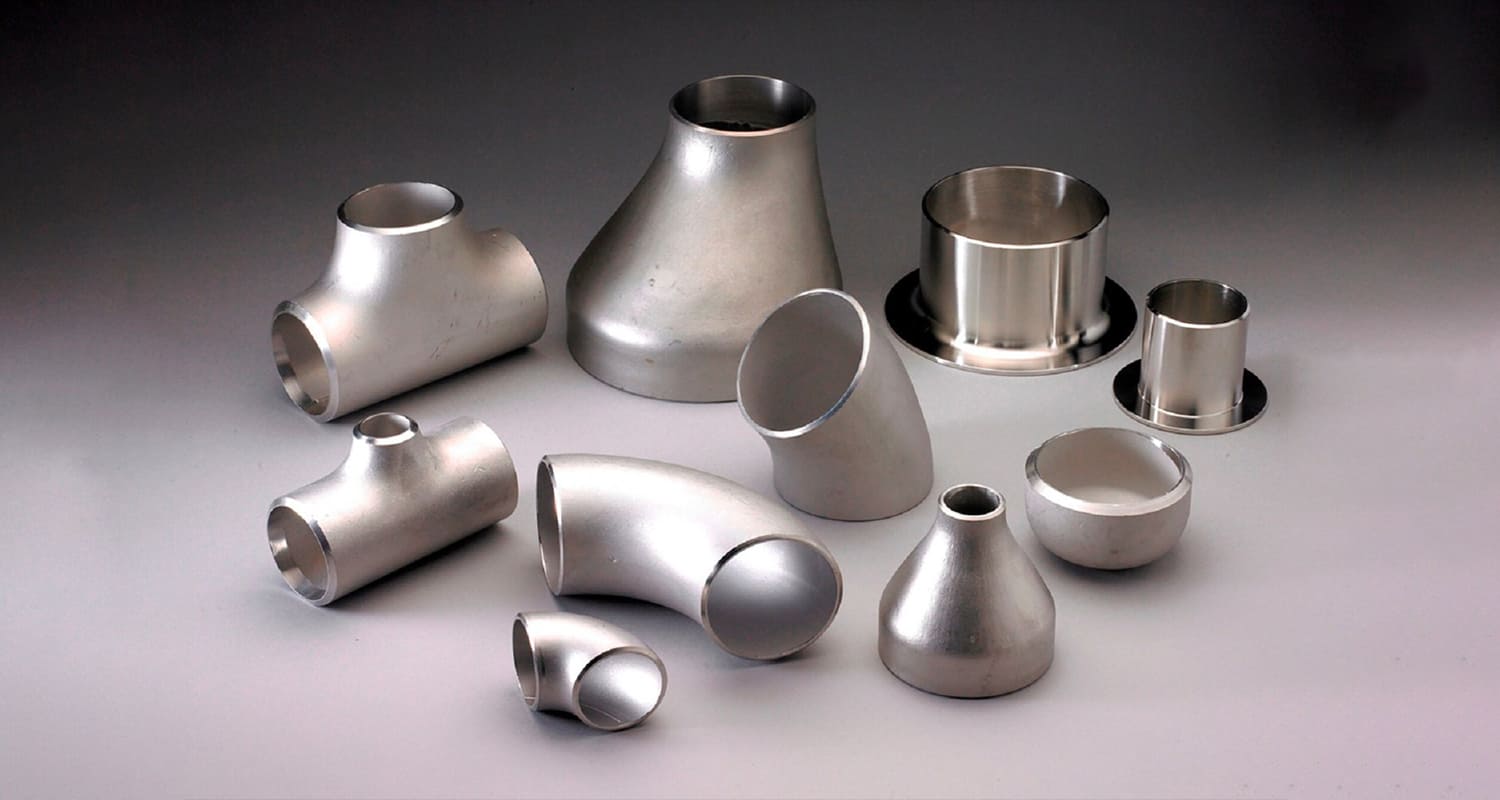
Applications
Buttweld pipe fittings are frequently used in a wide range of industries due to their reliability and robustness
- Oil and Gas Industry : Buttweld fittings are widely used in the oil and gas business for the transportation of petroleum and natural gas
- Chemical Industry : Chemical processing facilities use buttweld fittings because of their resistance to corrosive materials
- Shipbuilding : In the maritime industry, buttweld fittings are used to guarantee that piping systems on ships can resist the demanding conditions typical of the ocean


